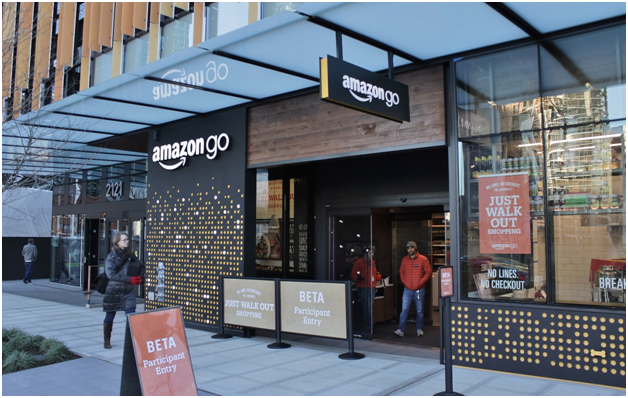Amazon has come a long way since its modest beginnings as an online bookstore in 1994. Now 24 years later, Amazon has a finger in nearly every pie. Name it, and they’re probably doing or selling it. Its latest conquest: the grocery store. In January of 2018, Amazon opened its very first cashless grocery store, Amazon Go. With no cash registers, the store relies on tech to charge shoppers over their online app, letting people walk out of the store without ever physically handing over money. While many people see it as a huge opportunity for fintech companies, other see it as prediction for a cashless future that could put the unbanked and underbanked in a dangerous position
Who are the unbanked?
Accounting for 15.6 million people across America, the unbanked is a particularly vulnerable subsection of the population. That’s because the largest banks ignore them as customers, identifying something within their financial histories as undesirable. The unbanked may have a very low credit rating, which red flags them as financially volatile. They may live paycheck to paycheck and incapable of keeping a substantial balance in an account. They’re also unlikely to purchases add-ons or generate many banking fees.
Suffice to say, they’re unlikely to generate much profit for the average bank. As a result, these financial institutions won’t help them, and the unbanked without checking or savings accounts.
Who are the underbanked?
Another 21 million people make up the underbanked. These individuals have at least one checking or savings account with a bank, yet they regularly look online for financial help from alternative financial services like direct lenders. They use these alternatives, coming in the form of online loans and payday loans, to help them cover cash shortages and other short term goals in their daily lives.
Many of the unbanked and underbanked are suspicious of traditional financial institutions. Twenty four percent of respondents of a Federal Reserve survey said they don’t use typical banking services because they don’t like dealing with banks, compared to just 10 percent who admitted no bank would give them an account. Another 23 percent claimed they didn’t write enough checks to warrant an account, while 13 percent said the servicecharges were too high.
How will they fit into a cashless society?
The unbanked don’t have the accounts necessary to support an mobile shopping app, like the one Amazon Go uses to charge its customers. With limited access to traditional checking or savings accounts, these people won’t be able to shop at any cashless stores.
There’s only one Amazon Go store for now, but it’s not the only conglomerate introducing cashless processes into its business. Last year, Starbucks opened a cash-free store in Seattle. Customers need a debit card, credit card, or the Starbucks app to pay for their lattes at this location. Meanwhile Sweetgreen, a popular salad chain in the US, eliminated cash transactions in 2016.
These stores suggest a push towards a cash-free economy—which, if adopted completely, would disenfranchise an already vulnerable pocket of the population. With no access to mobile banking, they couldn’t shop from these stores — at first. As more cashless stores open, the need to address these unbanked and underbanked individuals grow. Fintech startups are already developing ways to help these individuals, offering mobile banking options to a population unrepresented by conventional institutions.
Store like Amazon Go have the potential to make an unbanked person’s life harder, but it’s also responsible for a chain of events that may help them in the long run. As fintech disrupts the stronghold traditional banking has over the public, these startups may empower some of the most financially vulnerable people in the US.
 Techosta Where Tech Starts From
Techosta Where Tech Starts From
